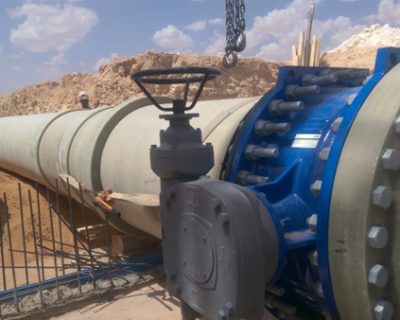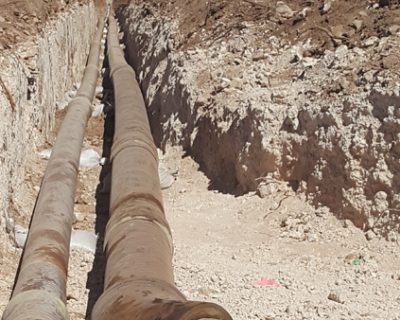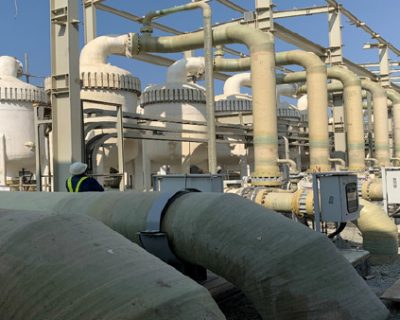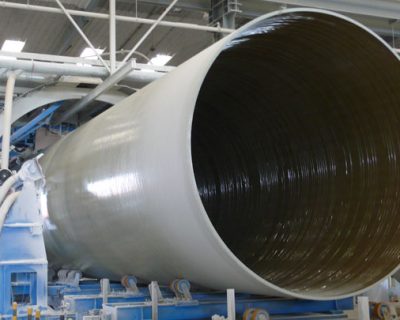Blog
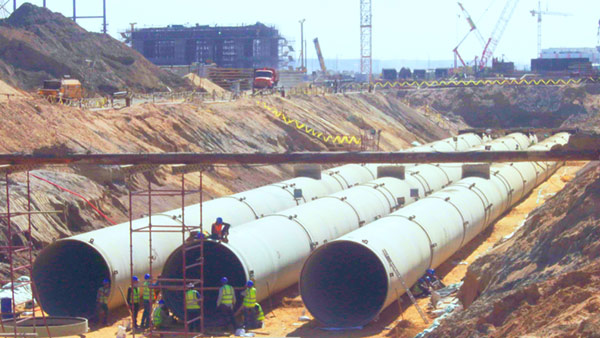
Challenges and Solutions in the Installation of GRP and FRP Piping Systems
When it comes to installing GRP (Glass Reinforced Plastic) and FRP (Fiber Reinforced Plastic) piping systems, there are unique challenges that need to be addressed. These challenges can arise due to various factors such as the nature of the materials, specific project requirements, and environmental factors. In this article, we will explore the common challenges faced during the installation of GRP and FRP piping systems and provide solutions to overcome them.
Challenge 1: Proper Handling and Storage
GRP and FRP pipes are lightweight but delicate, which makes proper handling and storage essential. Mishandling or improper storage can result in cracks, damage to the protective resin layer, or other structural defects. Additionally, exposure to high temperatures or direct sunlight can degrade the material and compromise its integrity.
Solution: It is crucial to follow the manufacturer’s guidelines for handling and storage. Protective covers should be used to shield the pipes from direct sunlight and extreme weather conditions. Proper lifting equipment and techniques should be employed to prevent any physical damage during transportation and installation.
Challenge 2: Structural Design and Support
The flexibility and expansion characteristics need to be considered during the structural design phase. Improper design or inadequate support structures can lead to sagging, deflection, or excessive stress on the pipes, resulting in premature failure.
Solution: Engaging experienced engineers and design professionals who specialize in the installation of GRP and FRP piping systems is crucial.
Challenge 3: Joining Methods
Joining GRP and FRP pipes requires specialized techniques to ensure leak-proof connections. Traditional methods like flange connections may not be suitable for these piping systems due to the difference in material properties. Improper or inadequate joining techniques can result in leaks, pipe misalignment, or structural weakness.
Solution: Utilizing specialized joining methods such as filament winding, butt fusion, adhesive bonding, or socket connections specifically designed for GRP and FRP pipes is recommended.
The installation of GRP and FRP piping systems comes with its own set of challenges, but with careful planning and adherence to best practices, these challenges can be effectively addressed. By acknowledging and proactively addressing these challenges, industries can harness the benefits of GRP and FRP piping systems while minimizing the risk of failure and downtime.


